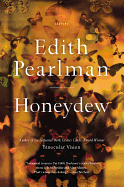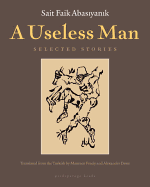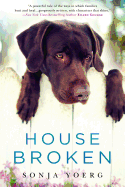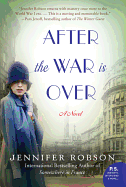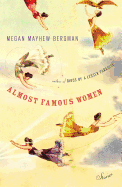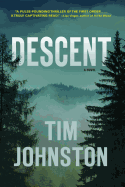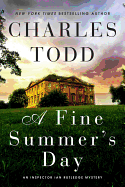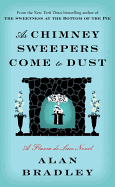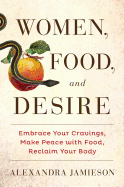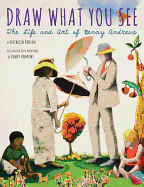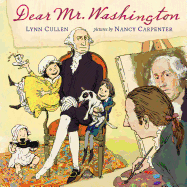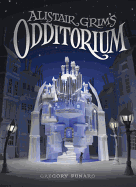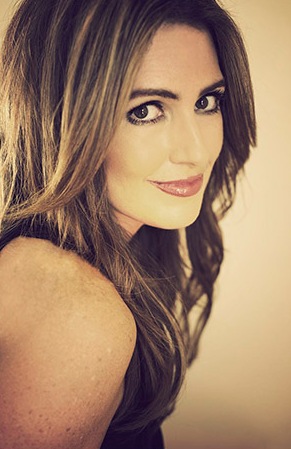 Jennifer Niven's character Violet Markey, who had written a successful blog with her sister, Eleanor, summons the courage to start an online magazine of her own called Germ. Niven decided to start an actual magazine by the same name; readers will note the correlation between Violet's ideas and the categories in the real magazine. Niven lives with her fiancé in Los Angeles. Here she discusses the relationship between life and art in All the Bright Places (Knopf, January 5, 2015).
Jennifer Niven's character Violet Markey, who had written a successful blog with her sister, Eleanor, summons the courage to start an online magazine of her own called Germ. Niven decided to start an actual magazine by the same name; readers will note the correlation between Violet's ideas and the categories in the real magazine. Niven lives with her fiancé in Los Angeles. Here she discusses the relationship between life and art in All the Bright Places (Knopf, January 5, 2015).
That opening scene is a nail-biter. How did you decide to start there?
The book is inspired by real-life events. It's a story I've carried around for a long time. I'd just come off a series of books for adults, and I'd just lost my agent. I wanted to write something that really mattered. When I got the idea for the story, I sat down and wrote the first chapter just to see what would happen. I thought, "What would it be like to write from a boy's point of view?" Originally, Violet was not on the ledge; Finch was up there by himself. The first line just came out, and it just kept going.
So your characters came before the plot?
Finch came first. He came more fully formed than Violet did. I heard his voice more distinctively at first. Violet I had to work with a little bit, but then there she was, guns a-blazing.
She finds her voice when she meets Finch. He brings her out of her shell. But as her world is opening up, his begins to close down. It happens, unfortunately too often, that the people closest, for whatever reason, don't always see what's happening, but denial goes into it. [Mental illness] can be something shameful. No wonder people like Finch feel so isolated so much of the time. It often runs in families, which makes it sadder, that it goes as unacknowledged as it does.
How did you find the voice for Finch?
I think one of the things that really informed the writing is knowing people--one boy in particular who I was close to--who had struggled with the same thing, bipolar disorder primarily. I have done a lot of research for nonfiction and historical novels. If I hadn't known people who were struggling with this, I don't know that I could have written it the way I did because there's only so much you can learn through research.
We loved all of the literary references, and that these shared touchpoints bring Finch and Violet closer together. Many of Finch's refer to suicidal writers. How did you determine which to include?
The Brontës I've personally thought about, so that interest coming out of Violet is from me. With Virginia Woolf, I stumbled across a quote from The Waves, which I hadn't read before, and then I stumbled across more, just as Finch does when he's online with Violet. A friend loaned me a book that's basically suicide notes from the literary and famous, where I found many of the other references. Then I became fascinated with the Italian poet Cesare Pavese.
There's this magical thing about writing that sometimes the right quote will find its way to you at the right moment. I'd never heard of the Jovian-Plutonian gravitational effect. When you find something like that, you dance around the office.
Violet and Finch take that walk around their neighborhood, and each of the places they visit is crystal clear. You grew up in Indiana--are these real places to you, too?
I've been to some of them before. There were a couple I knew I wanted to use, including the World's Biggest Ball of Paint and the Blue Flash. The only one that's made up is the Bookmobile Park, which I hope will exist someday. The last place I found was that chapel by the lake. I was looking for the place for them to finish their project, and I thought, when I found it, "That's it."
Tell us about the seeds of Violet's online magazine called "Germ" and the online magazine that you're involved with.
Last year at about this time, I was into revisions on a manuscript and I was thinking, "Wouldn't it be cool to have a real Germ magazine?" I started sketching it out, and flash-forward to now, and we have an all-volunteer staff. There are 45 of us, the age range is between 14 and 40, but the majority are 14-25, and they're amazing. We have editors and social media people, and a literary section as well. We're getting wonderful submissions from around the world. We handle some of the harder issues, some great writers have written about their experiences with an eating disorder or being bipolar... and then also decorating your locker.
We noticed that some of the categories in Germ correspond to Violet's when she was conceiving of her magazine: "Lit. Love. Life."
That came when I was writing the book. Then once I decided to do Germ, I decided to stick with those categories. And "Wander," too, and some of the things Violet was talking about. I was able to rewrite some things as we were doing the site.
You were able to revise things in the book based on the magazine you were launching?
I wrote the manuscript in six weeks, which is the fastest I've ever written a book. We sold the book in August 2013. Then I started thinking about Germ in October, and we launched in January 2014.
Of the kinds of books you've worked on--fiction and nonfiction for adults, this novel for teens--is there one area that's proven more challenging?
There are challenges with each book and each genre. I will say that it felt very natural to write YA. I love the whole YA world; I have to be dragged kicking and screaming out of it. As much as I've loved my other books, this is fantastic, and I think that's because I feel like not enough people are talking about these issues. I heard from a parent who really, really liked the book, but she was reluctant to give it to her teen, because she didn't want her teen knowing about or thinking about things like this. I think part of the problem is that teens know people like this, even if they're not experiencing it themselves, and that dialogue is so important. There is still that stigma--if you have the flu, people are more accepting than if you're bipolar.
I lost my ex-boyfriend to suicide a long time ago, and my dad died of cancer during the same calendar year. I was allowed to grieve about my dad, but I couldn't grieve about the boyfriend. Writing this book was really cathartic.
I went to visit a high school and we asked everyone to think about their bright places--your dog, or your mom, or a movie you love, or a book or word you love. At first they paused and thought about it, then they really got into it. We put their bright places on Facebook, and they've been posting them online, too. I would love to see other people's bright places; you can go on Twitter and Instagram to see some of the places others have come up with. I'm so grateful for everything that's happening. --Jennifer M. Brown
Jennifer Niven: A Germ of an Idea
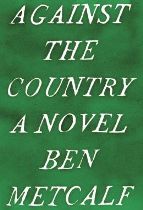



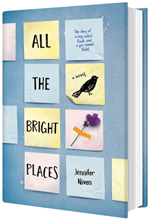


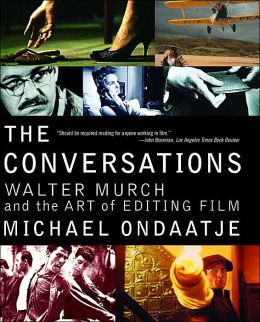 "I do love control. And I do love randomness." One of the best books about writing is, technically at least, about filmmaking: The Conversations: Walter Murch and the Art of Editing Film by Michael Ondaatje, which was published by Knopf in 2002. Ondaatje, who met Murch during the filming of The English Patient in the 1990s, thought the legendary film editor (the Godfather trilogy, Apocalypse Now, American Graffiti, The Conversation) would be intriguing to interview at length because he "was simply always interesting to listen to." Francis Ford Coppola has called Murch "the film world's one intellectual," a man who believes that the three fathers of film are Edison, Flaubert and Beethoven. What does all this have to do with writing? A great deal, as Ondaatje discovered. The son of an artist, Murch is a renaissance man whose chosen profession belies his myriad avocations. He even confesses to knowing far more about art, music and literature than film history.
"I do love control. And I do love randomness." One of the best books about writing is, technically at least, about filmmaking: The Conversations: Walter Murch and the Art of Editing Film by Michael Ondaatje, which was published by Knopf in 2002. Ondaatje, who met Murch during the filming of The English Patient in the 1990s, thought the legendary film editor (the Godfather trilogy, Apocalypse Now, American Graffiti, The Conversation) would be intriguing to interview at length because he "was simply always interesting to listen to." Francis Ford Coppola has called Murch "the film world's one intellectual," a man who believes that the three fathers of film are Edison, Flaubert and Beethoven. What does all this have to do with writing? A great deal, as Ondaatje discovered. The son of an artist, Murch is a renaissance man whose chosen profession belies his myriad avocations. He even confesses to knowing far more about art, music and literature than film history.